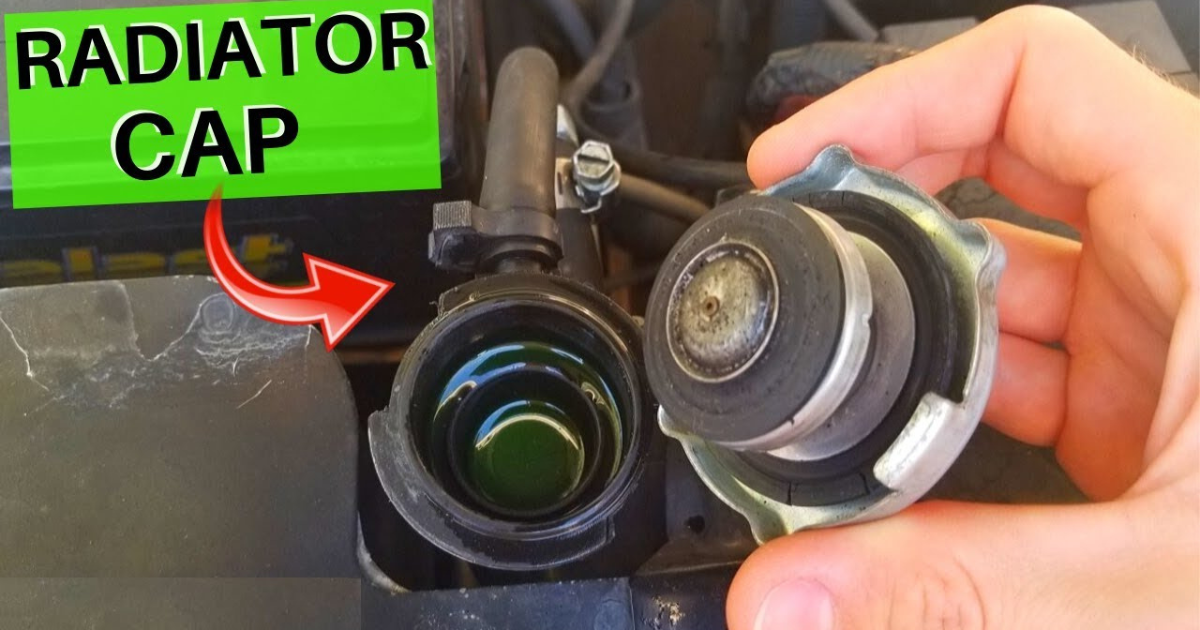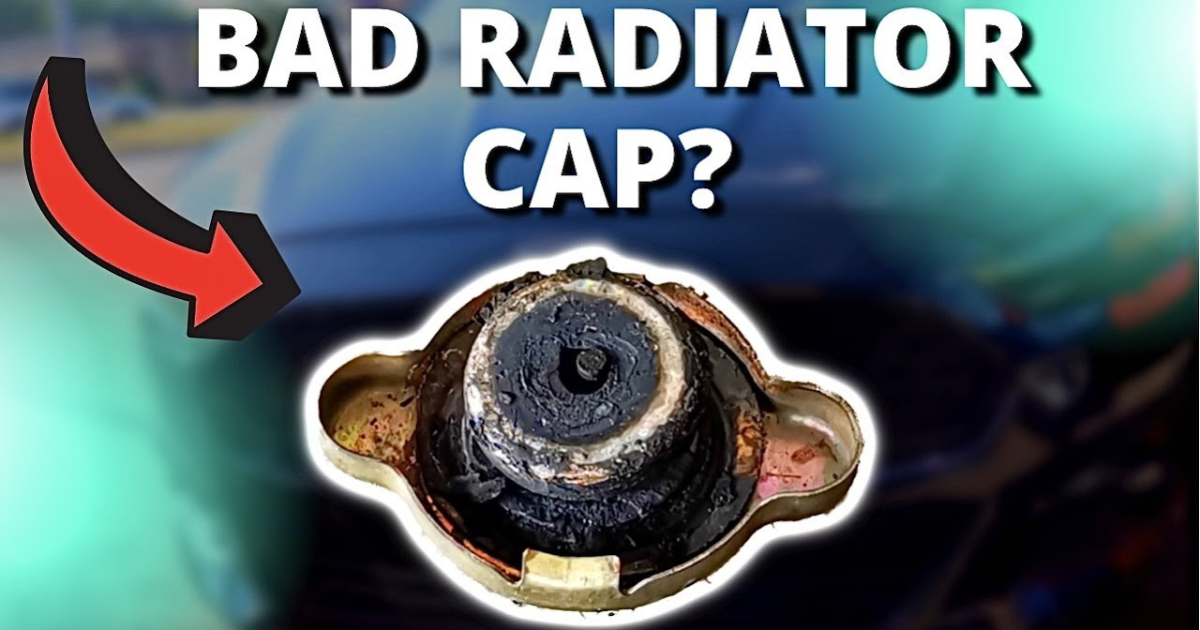The radiator cap on a car is made to firmly seal the radiator filler neck. By doing this, impurities are kept out of the cooling system, the system’s boiling point is raised, pressure is built up, and coolant is sent to the expansion recovery tank when it boils and expands in response to increased pressure.
Can You Drive Without A Radiator Cap?
Indeed. Depending on the type of driving, driving without a radiator cap is conceivable. The coolant will typically remain below its unpressurized boiling point in normal conditions. It is not advisable to drive, though, if the radiator cap is missing.
For a variety of reasons, the cap on your coolant reservoir may occasionally come off. If you were wondering, “Can the coolant cap come off by itself?” If the part isn’t correctly closed once the coolant is refilled, it may come off.

Another reason for the radiator cap to come off is a burst head gasket. The cooling system may develop internal pressure as a result of the blown head gasket, which could abruptly cause the rad cap to burst off.
Without the radiator cap, you might be able to drive on city streets without too many problems. But, there can be a small issue if you begin climbing a hill without a radiator cover. Coolant may leak from the radiator as a result of fluid spilling out as the vehicle shifts positions.
In any scenario, make every effort to avoid operating a vehicle without a radiator cap. That said, it’s OK if you find yourself in a scenario where driving is required. But make sure the next viable answer is discovered.
What Happens If You Drive With Radiator Cap Off?
What happens if the radiator cap is removed while driving? Once the coolant hits boiling point, driving with the radiator cap off will cause coolant to push out of the radiator. This can lead to overheating, distorted heads, and damage to the head gasket when coolant loss happens.
Recall that the radiator cap’s job is to make sure the coolant, once it boils, travels to the expansion tank. Put another way, the coolant expands and moves into the expansion tank as the cooling system accumulates pressure.

Therefore, the boiling coolant will pour out of the radiator rather than into the expansion tank if the radiator cap is missing. As I mentioned before, this can result in serious engine damage.
The repairs for the damage resulting from boiling coolant escaping from the radiator might be extremely expensive. Consequently, it’s crucial to refrain from driving with the radiator cap off. Rather, before purchasing a new replacement radiator cap, I would suggest getting a temporary one.
Conclusion
It is impossible to overstate the significance of a vehicle’s radiator cap. It’s not a part you can eliminate permanently. Find out how long you have to replace the missing radiator cap rather than asking, “Can you drive without a radiator cap?”
Driving without the radiator cap may initially not cause you any serious problems. But, if you continue to do so permanently, the consequences could be quite expensive to treat.





